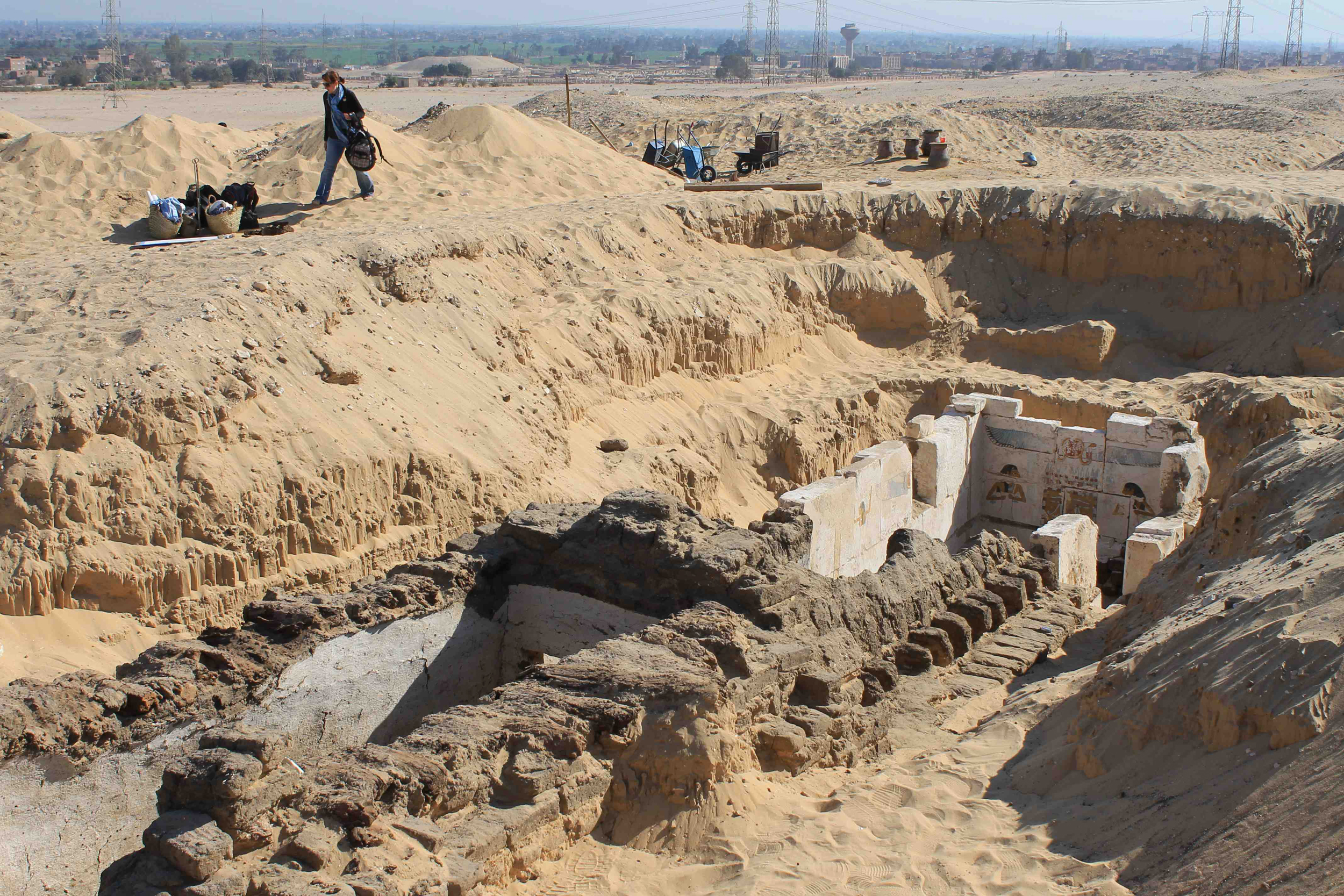
Archaeologists have uncovered a large limestone tomb near Abydos, Egypt, dating back around 3,600 years. The discovery was made by the University of Pennsylvania Museum and Egyptian archaeologists. The tomb, located seven meters underground at the Anubis Mountain necropolis, is the second royal tomb found this year.
The tomb, which had been looted in ancient times, belongs to an unidentified pharaoh. While some inscriptions once recorded the pharaoh’s name, it is now lost. Experts speculate the king may have been Senaiib or Paentjeni, rulers of the Abydos Dynasty, although their tombs had not been found before.
The tomb features decorated entryways and large rooms with high mudbrick vaults. It dates back to Egypt’s Second Intermediate Period, a time of political fragmentation. This period, known as the “warring states” era, eventually led to the rise of Egypt’s New Kingdom.
This discovery adds to the ongoing excavation work in the Abydos area. The team previously unearthed the tomb of another ruler from the same dynasty, Seneb-Kay, in 2014. As excavations continue, further royal tombs are expected to be discovered in the area.